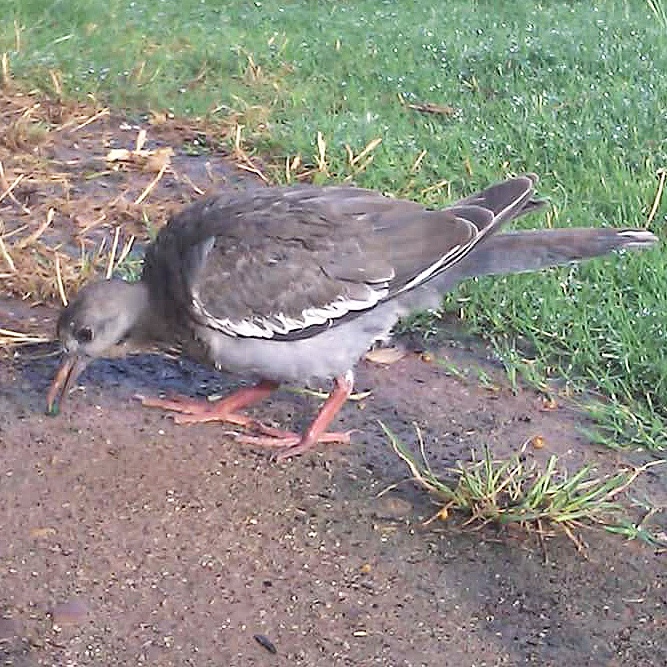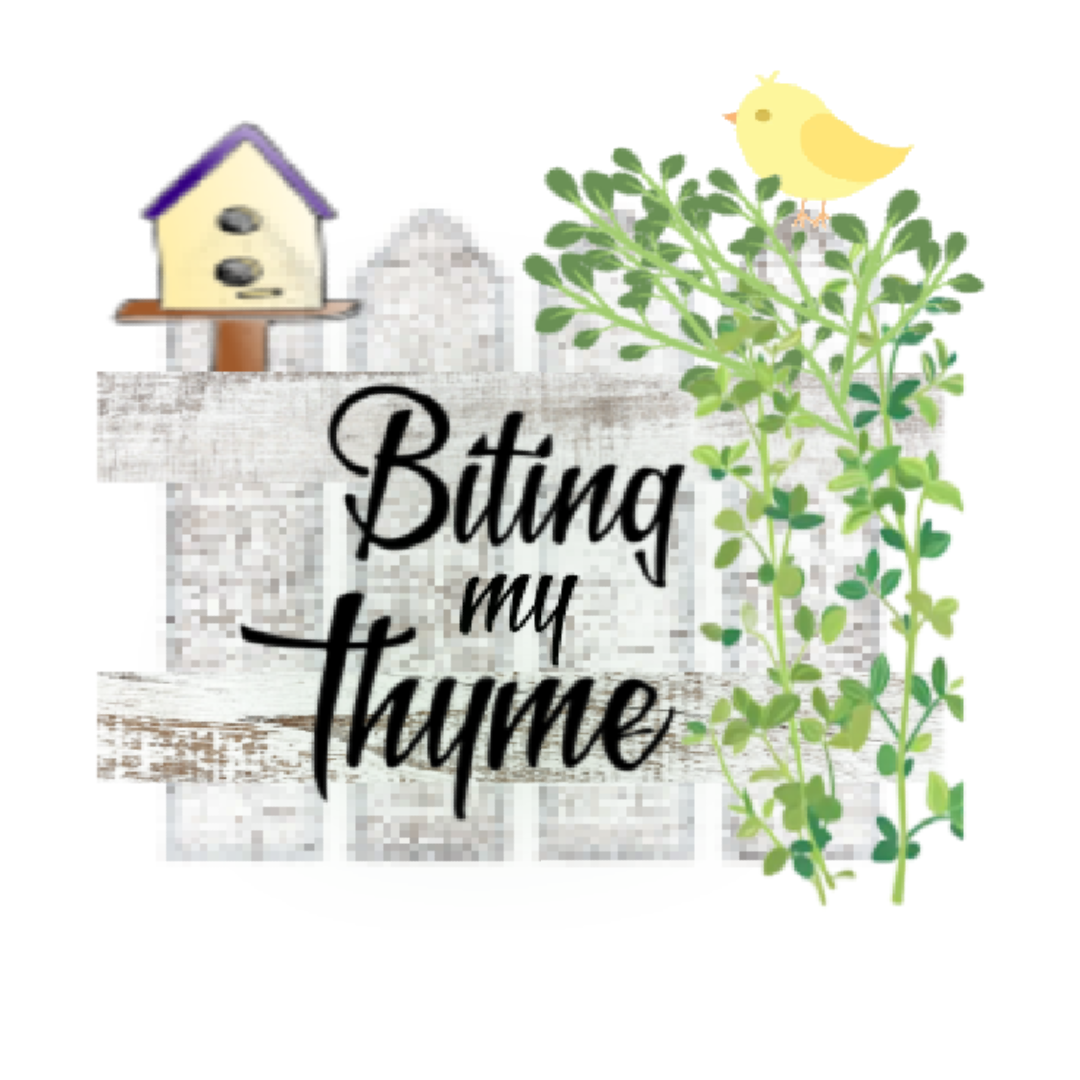
As summer approaches, the sound of birds can be heard more than usual and during this season you can also hear the tiny peeps of baby birds. Unfortunately, this is also the time of year that baby birds are often found in vulnerable places because they either fell or (as sad as it is) were kicked out of their nests. We adopted and raised one such baby bird several years ago when my son found him featherless and hungry laying on a hot sidewalk. He grew up to become a full grown dove and bonded with us so well that he became part of the family. He was also very independent and able to fly away for adventures and come back whenever he wanted. Since then, we have also had parakeets who have had numerous clutches of babies so I quickly became known as the bird lady. Though I am certainly not an avian expert by any means, each year at about this time I get tons of texts, calls and PMs from friends who have found baby birds and are asking what to do.
I found a baby bird all by himself and he can’t fly.
This is probably the most common thing people contact me about. I usually answer this with a few follow up questions. It’s very important before you even consider moving the baby that you first know for sure whether or not the bird actually needs to be rescued. Behaviors that are a very important part of their learning and growing process often look like abandonment and struggle to us as humans. As tempting as it is to try to rescue them, interrupting this process can be detrimental to the development of their survival skills.
Does he have feathers?
Baby birds are hatched with no feathers. They may have see-through skin and look very similar to ET, or they may be covered in fuzz. It doesn’t take long for their feathers to grow in and they grow in size at an incredibly fast rate.
If he doesn’t have feathers:


The photo on the left is a wild baby bird just days old. The photo on the right is a baby parakeet just starting to grow feathers.
- He probably fell out of a nest or was booted out. Mama birds sometimes kick out a baby if she detects something wrong with him. It’s sad, but it’s nature. Look for a nest nearby and if at all possible return the baby to the nest. The common belief that the mother bird won’t care for her young if they are handled by human hands in not true so don’t be afraid to do this. Be aware that the mother will be extremely protective of the nest and the other babies if she is there when you return the baby. She will probably get mad at you so just be ready for that. If you are iffy about birds you might ask someone else to do it so you don’t drop the baby when mama gets mad. Of course, most people that are iffy about birds would probably never pick up a baby in the first place! Featherless babies are not very attractive.
- If you absolutely can’t find a nest or the nest is way too high up in a tree that you can’t reach it you can contact a wildlife facility near you to take the baby in. This is a last resort since the baby is best cared for by his own mother. It is possible to hand feed the baby but this is not recommended unless you really know what you’re doing. Babies this young are fed by the mother eating and regurgitating into the baby’s mouth. There are replacement formulas that can be fed to them but it is very easy to accidentally drown a baby bird while feeding them.
If he does have feathers:

This photo is of our baby dove at fledgling age. He is perching but doesn’t quite hold up his own weight. He flaps his wings but doesn’t quite fly yet .
- If he does have feathers there is a pretty good chance you have found a fledgling. A fledgling is a baby bird at the “learning to fly” stage. At the beginning stages they mostly hop around on the ground while they try to figure it out. Although he looks like he’s abandoned, mama bird is usually very close by watching him. She keeps her distance but flies around squawking at him for encouragement, and occasionally drops in to feed him. It’s best if at all possible that he be left exactly where he is. Eventually he will return to his mama. If there are dogs or cats nearby that might get to him you can put him up out of reach but you really don’t want to move him for than 100 feet from where you found him.
He looks injured. He’s just hopping around but he can’t fly.

This photo is of our baby dove at the fledgling stage. He looks full grown but can’t quite fly yet.
As I mentioned before, a fledgling hops around on the ground while he figures out how to fly. Sometimes this process can look like he is injured and he may be on the ground a few days. Rest assured that his mother knows where he is and will make sure he is fed and hydrated. If he is truly injured and appears to be fully feathered, it’s ok to house him in a cage for a few days with water and birdseed while he heals so that nothing can get to him. Make sure you don’t house him too long and be sure to give him the opportunity to try to fly away when he is ready. Independence is always the goal since these birds are wild and need to be able to survive on their own.
I hope you found this information to be helpful. Please feel free to share it with other animal lovers out there and if you have any questions you can email me at info@bitingmythyme.com or just leave a comment below.

